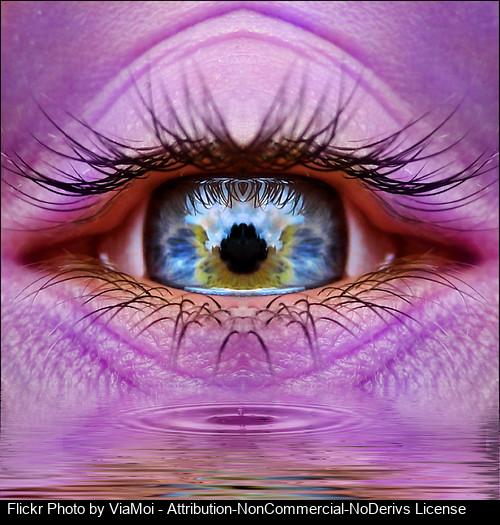Mod 12 - Podcasting
Ok, my final mod for my class asks for “Find a podcast that you could use in your teaching and post a comment to your blog on how you could use it.” I feel we should start off with some helpful descriptions for anyone who might need it and happens to stumble upon this blog.
What are Podcasts?
A podcast (or non-streamed webcast) is a series of digital media files (either audio or video) that are released episodically and often downloaded through web syndication. The word usurped webcast in common vernacular, due to rising popularity of the iPod and the innovation of web feeds. ~~Helpful links to find podcasts with: (in no particular order)
http://podcast.com/ = Podcast.com is the premier podcast destination that provides access to a growing list of over 60,000 curated and constantly updated podcast feeds representing more than 1 million episodes of audio and video content. Podcast.com's unique value proposition to content consumers also presents an unsurpassed way for content providers to reach an audience that consumes podcasts via the Web, multimedia devices and Internet radio. ~~
http://www.podfeed.net/ = is a podcast directory that helps you find podcasts, read and write podcast reviews, listen to podcasts and share your podcast with others. ~~
http://a4esl.org/podcasts/ = English as a Second Language (ESL) Podcasts from the main site of http://a4esl.org/ which gives helpful links and ideas/activities for ESL students.
http://www.podcastalley.com/ = is the podcast lovers portal. Featuring the best Podcast Directory and the Top 10 podcasts, as voted on by the listeners. ~~
http://www.eltpodcast.com/ = ELT stands for English Language Teaching. ELT Podcast is the home of several podcasts for learners and teachers of English as a second or foreign language. ~~
Extra pages:
http://www.manythings.org/ = is not a podcast site but does have some helpful streaming content which will hopefully someday be podcasting. Interesting things for ESL students. ~~
http://www.podcastalley.com/ = If you don’t like mainstream items for your podcast needs take a look at their comprehensive site ~~
http://www.apple.com/itunes/podcasts/ = is a site to get good tips for podcasting issues and questions. Take a look at their podcast page ~~
Podcast that you could use in your teaching:
I would use the podcasts found on LibriVox~~ website to create a current read along program. For the read along program the students will be assigned to read three chapters each weekend and to make a list of any words not fully understood. In the upcoming week the students review the words that they do not understand and then they will then in class read along while the book is read from the podcast. This will continue until the semester ends or the book does. With building a reading program in this fashion the students will be able to hear another person read the work which will expose them to more native speakers.
The current reading on their site ~~ is Bram stoker's Dracula. The book is released in single chapter increments with three chapters being released each week. ~~ With this structure the students will be able to read ahead of hearing the readings and then will be able to read along in class to help solidify both the written and the spoken.
The podcasts for the first lesson are:
Chapter 1 ~~
Chapter 2 ~~
Chapter 3 ~~
One advantage of this podcast is that the books will keep on changing keeping your material fresh and the readings will be archived so you or your students can return to any particular reading you like later.













